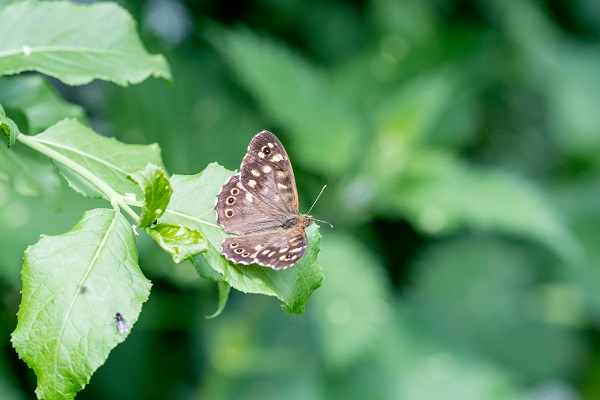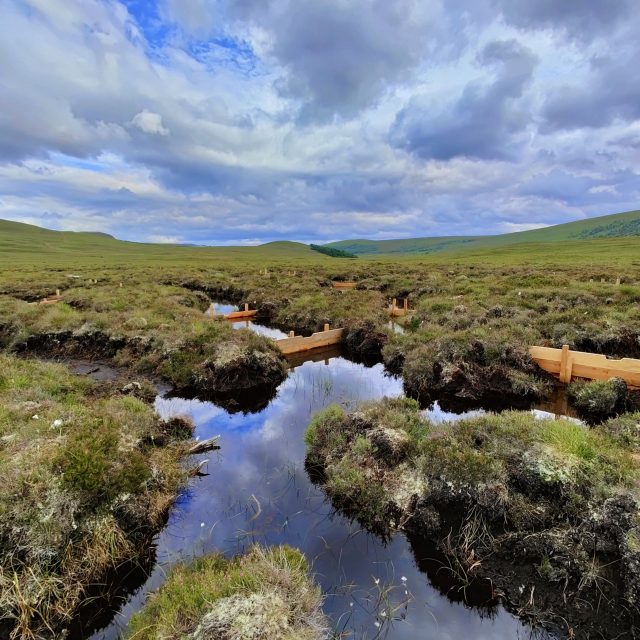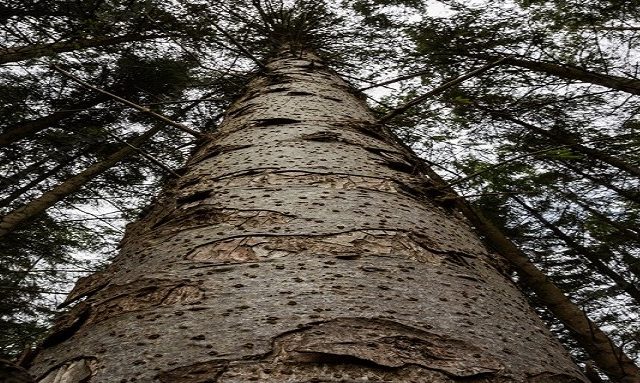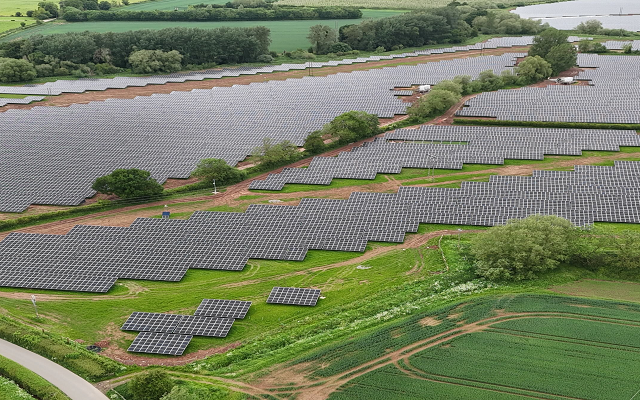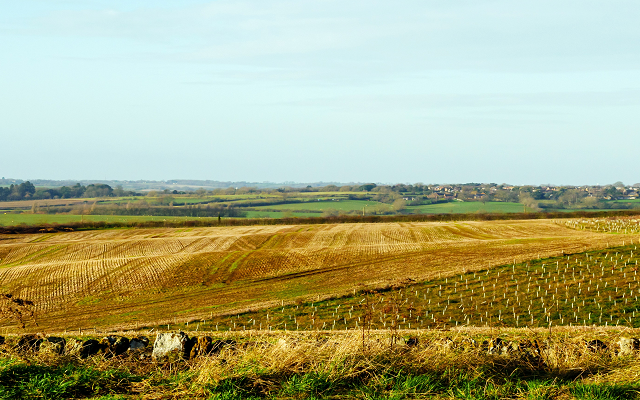How to manage woodland to benefit pollinators
Improving ride management within woodlands and picking certain tree species should help landowners and farmers to boost numbers of wild insect pollinators.
There is growing concern about declines in pollinator numbers given their role in natural ecosystems and food production, but there are ways for land managers to help.
Hundreds of pollinator species can interact with woodlands, including butterflies, moths, bees, wasps, hoverflies, and also many other types of fly, sawfly, and beetle.
Different pollinators are attracted to different types of habitat, which include:
- Pools, puddles, ditches, springs, seepages and water-filled rot-holes of trees, which provide habitats for hoverflies and other pollinators with aquatic larvae.
- Dead wood and old trees which provide habitat for flies and beetles with larvae that feeds on dead wood; for aerial-nesting bees and wasps; and for hibernating insects.
- Old rodent burrows and dense vegetation which are used for bumblebee nesting.
- Banks and dry ground in sunny rides and clearings provide habitat for ground-nesting bees (e.g. mining bees) and their flower-visiting parasites (e.g. bee-flies and nomad bees).
- Dung for various flower-visiting flies e.g. dung flies, anthomyiids, muscids and Rhingia hoverflies.
- Carrion for flower-visiting blowflies (e.g. bluebottles and green bottles).
The majority of pollinators are associated with sunny conditions, and good forest management techniques such as thinning and coppicing can maximise these conditions. The management of rides and clearings extend these sunny conditions into the heart of a woodland. These features are therefore hugely valuable for pollinator foraging habitat, as being needed to move around forestry equipment, and to support recreational and sporting activities.
Rides may have a hard surfaced track making up part of the width, but more commonly are unsurfaced. The ride is usually made up of several zones of different plant growth and habitats, from grass or bare ground in the central zone, to a herbaceous layer in Zone 2, and a shrubby/coppice-like layer in Zone 3.
Size is important. Rides and glades must be sufficiently large and sheltered to provide warm, sunny conditions. If they are too small, the shade thrown by trees will produce less flower-rich habitat and reduce their value for pollinators.
‘Scalloping’ edges through tree and shrub clearance, or by regular coppicing, can also be used to create rides of varying widths containing sheltered glades.
Managing rides (both cutting of woody material and mowing of grassland areas) in rotation and in relatively short sections at a time will produce more diverse conditions and ensure that woody species do not shade out other habitats.
Trees and pollinators
Certain tree species can also encourage pollinators into a woodland. Standard or single trees planted regularly along rides make for an attractive feature in addition to providing pollinators with pollen and nectar. Encouraging larger blossoming tree and shrub species such as wild cherry, goat willow or rowan is very beneficial.
Many pollinators require food-plants as a larvae, with particular tree species important for certain types of butterfly. For example, plant oak if you want to attract purple hairstreaks, goat willows for purple emperors, elms for white-letter hairstreaks, buckthorns for brimstones, and holly for holly blues.
Many moths specifically require oak (220 species are restricted to oak), aspen, birch, willow, lime or elm and several mining bee species only collect pollen from willow trees.
If you would like further advice on woodland management techniques to benefit pollinators, as well as any grants that may be available to help, the Forestry Team would be happy to hear from you.
John Clegg & Co, the specialist forestry arm of Strutt & Parker, is one of the sponsors at the Institute of Chartered Foresters (ICF) national conference, titled Connecting Trees, Farmers and Foresters. The event on 25 and 26 April 2023 will take place at Edgbaston Stadium, Birmingham and online. Tickets can be booked through the conference webpage.
